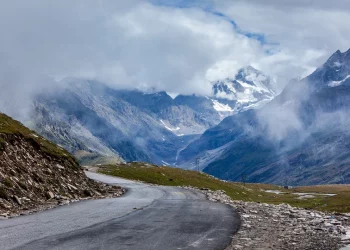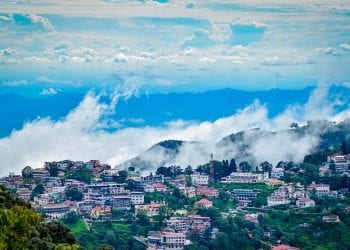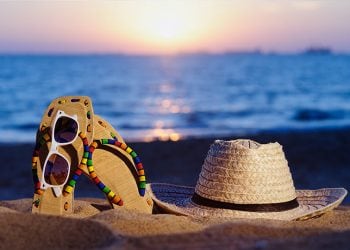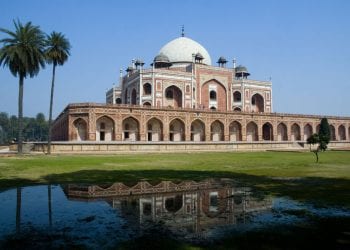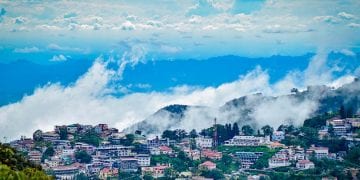If you are a travel bug you should visit Kaas Plateau: Here’s why
Who doesn’t like exploring an offbeat destination full of flowery valleys and hilly terrains? The thrill of travelling to a seldom explored place, especially if the place is easily accessible and is situated near a major hub of life, is enough to call out the adventurous soul in you. The Kaas Plateau, often described as the sea of flowers is one such destination. The plateau was declared by UNESCO as one of the World Natural Heritage sites back in 2012.
Even though it’s within a stone’s throw from a major city, this plateau is not as popular as it should be. In fact it is so underrated that it won’t even make it in the list of the most underrated places in Maharashtra. And Maharashtra only has a handful of places which are yet unexplored or not frequently visited places in Mumbai and its surroundings. The beautiful and vibrant valley is guaranteed to provide a blissful vacation away from the din and bustle of the daily city life.
Best Time To Visit Kaas Plateau
The primary attraction of the Kaas Valley is the sea of flowers which blooms soon after the rainy season. These seasonal flowers are the reason why hundreds of wanderers flock here to explore the valley of flowers at Kaas Plateau. So the ideal time to visit the Kaas Plateau is around September and October. As soon as winter sets in, the flowers start to wither away. Hence the only window to behold the Kaas Plateau in all its glory is September to October.
How To Reach Kaas?
The Kaas Plateau is situated alongside the NH 4 which connects the cities of Mumbai and Pune. The cities of Mahabaleshwar and Satara are situated respectively 25 and 30 km away from the plateau. One can easily access the plateau by taking a bus or cab from either city and getting down at a spot about a kilometer away from the plateau. From there on you have to follow the picturesque trail onto the plateau. The nearest railhead is Satara. Pune is the nearest airport from where cabs are available.
The plateau in a nutshell

Describing the beauty and magnanimity of the plateau in words is a herculean task. It’s as if the creator drew each and every blade of grass with his own hands, the perfection of nature reaches its optimum level in this valley. As soon as you step onto the plateau an alluring fragrance would guide you to a place where the ground just isn’t visible anymore. To explore the valley of flowers of Kaas Plateau thousands of tourists flock to the place regularly. Shrouded with flowers of various colours, species and types, the plateau resembles a piece of heaven on earth. Maybe the Biblical Garden of Eden may come close to the beauty of the plateau in terms of a comparison. The verdant plateau offers a panoramic view of the lowlands around and gives a breathtaking view of the plains below it and the Kaas Lake a short distance away. The plateau spans over a thousand hectares which have now been designated as a reserve forest to preserve and support the flora and fauna of the region which is the primary attraction of the place. In a bid to preserve the plateau the management of the place has designated a daily cap of three thousand tourists. No more tourists are allowed inside. So make sure you go early to have a glimpse of the joyous plateau.
The place has some of the rarest flowers available in the country. The most prominent varieties available are Anjani, Soner, Sonki, Deepkadee, Kondal and the eponymous flower Kaasa. Named after the valley the Kaasa flower was first discovered here. The flower cover of the plateau changes in colour every two to three weeks depending on the predominant blooming variety of the time. Of the 850 recorded species of flowers available at the plateau, 624 are enlisted in the Red Data Book which lists and tracks the endangered species of flora. The variety and diversity of species of flowers and herbs make Kaasa a botanist’s paradise. Researchers and scientists flock to Kaasa every single year with hopes of making a breakthrough or to study the flowers there or maybe discover a new species.
Kaas Lake
The Kaas Lake is situated just below the plateau. Situated at a lower elevation than the table land, the lake is part of the divine scenery available on view from the top. The Kaasa Lake is a hub of natural diversity as it boasts of two different ecosystems, the lake and the surroundings have two entirely different yet symbiotic ecosystems.
The underwater fauna of the Kaas Lake makes it a much frequented place for botanists, both professionals and amateurs alike. The lake also accounts for the water supply of the entire western part of the Satara city. Insects, amphibians, some mammals and a few reptiles make up the fauna here.
Activities in and around Kaas Plateau
The Kaas Plateau is a prime picnic spot with beautiful sceneries adorning it on all sides. Away from the pollution and noise of the cities, the plateau offers a respite to the weary soul. One can walk around the plateau amongst fields full of flowers. You can also find a secluded spot, spread your mattress and have a wonderful picnic with your family and loved ones.
Places to visit nearby
1. Sajjangad Fort

The literal translation of the name of the fort is ‘the Fort of good people’. This fort is the final resting place of the author of Dashbodh, Sant Ramdas. The earlier name of the fort was Aswalya Gad which was a pointer towards the bear population of the area who were called aswals in the local dialect.
2. Bamnoli
This is a small village situated at the backwaters of the Koyena Dam which is called ‘Shiv Sagar’. This quiet hamlet is an ideal point for boating. The village also offers scenic picnic spots where one can spend a day in the heart of nature.
3. Kaanher Dam
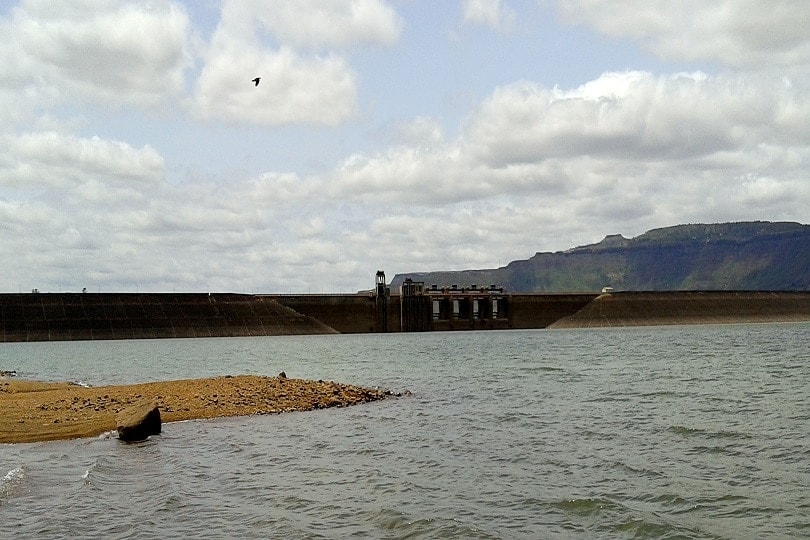
This dam is situated near the Kaas Lake and makes for some amazing pictures. The scenery and beauty of the dam has turned it into a much frequented picnic spot and a popular tourist spot for the ones visiting the Kaas Plateau.
A plateau? Aren’t they supposed to be rocky and barren?
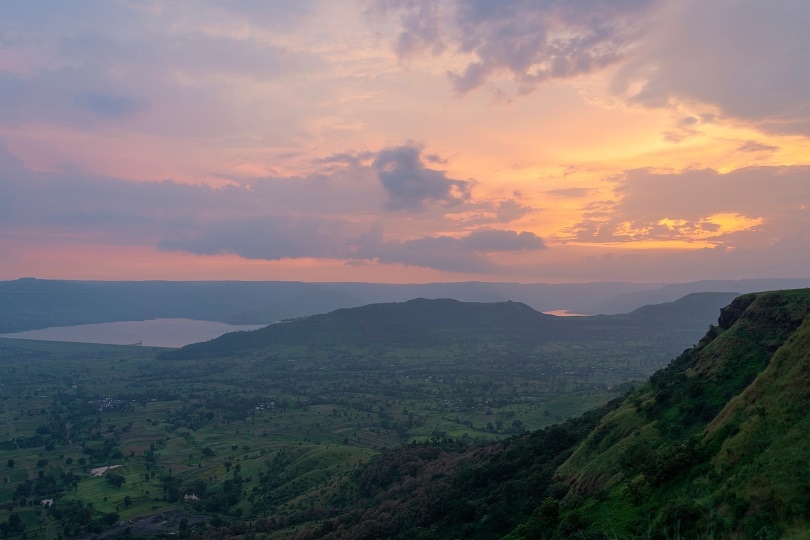
Not always. Most plateaus are. But occasionally you would come across plateaus which are a thriving natural hub. This plateau is one of the best places in the country for flowers. So if you are someone who finds pleasure in the little things of life, stop waiting and plan a trip to the sea of flowers. It is going to be worth your efforts and much more.
Recent Posts
Top Picks
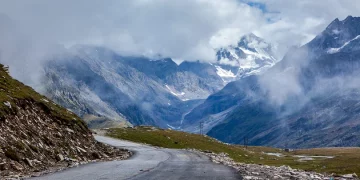
- OYO
 15 April, 2024
15 April, 2024 - Cultural Tour

- OYO
 15 April, 2024
15 April, 2024 - Cultural Tour

- OYO
 15 April, 2024
15 April, 2024 - Cultural Tour

- OYO
 15 April, 2024
15 April, 2024 - Cultural Tour

- OYO
 15 April, 2024
15 April, 2024 - Cultural Tour

Please rotate your device
Please go back to portrait mode for the best experience



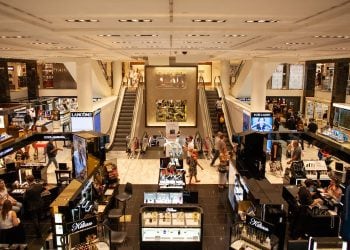
 April 15, 2024
April 15, 2024 